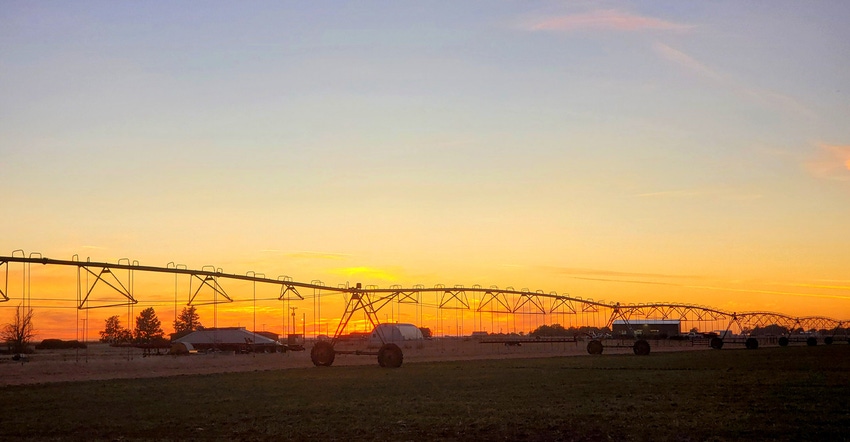February 8, 2021

There have been a lot of questions concerning the Biden Administration’s interest in tapping the Commodity Credit Corporation (CCC) to fund an agricultural carbon sequestration program.
One basic question is whether this action would come at the expense of policies currently funded through the CCC, including the farm bill’s commodity title, conservation title, portions of the trade title, etc., as well as ad hoc assistance relating to trade and pandemic relief in recent years.
During the Senate Agriculture Committee hearing to consider the nomination of Secretary Tom Vilsack to become the Secretary of Agriculture under the Biden Administration, Ranking Member John Boozman (R-AR) questioned the USDA’s legal authority to do this without legislation, although others in Congress and the Administration clearly believe they have such authority by broadly defining agricultural commodity to include sequestered carbon.
Secretary Vilsack did assure Senators that use of the CCC for such a purpose would not come at the expense of policies for which the CCC is primarily established to fund.
Background
By way of background, the CCC Charter Act, enacted in 1948, was first established by executive order in 1933. The CCC essentially operates as a line of credit from which the Secretary of Agriculture must fund certain programs required by Congress (e.g., farm bill’s Commodity Title, etc.) or may fund at the Secretary’s discretion using the CCC’s broad legal authority (e.g., Market Facilitation Programs (MFP), Coronavirus Food Assistance Programs (CFAP)).
As the Secretary draws against his CCC line of credit each year, the annual Agriculture Appropriations Bill replenishes the CCC by the amount spent in order to restore the CCC to its full $30 billion line of credit. In this sense, it is similar to a credit card that is used all month, drawing down against one’s credit limit. At the end of the month, when the balance is fully repaid, one’s line of credit is fully restored.
In regard to concerns over the adequacy of available line of credit to fund both mandatory farm bill programs and discretionary spending priorities of the Secretary, including carbon sequestration, programs specifically mandated by Congress to be funded by the CCC would take precedent over the exercise of general authority to carry out a program not otherwise specifically authorized or mandated by law, although if USDA fails to properly account for expected mandatory program costs for a year there could be budget tension between these two purposes.
Moreover, by creating a carbon sequestration program using broad authorities and funding from the CCC, such action would limit the ability of the Secretary to address trade disruption and pandemic impacts as the Secretary was able to do in recent years, at least by the amount that it would cost to carry out a carbon sequestration program.
That said, the current CCC $30 billion line of credit was sufficient to meet farm bill requirements while also meeting MFP and CFAP programs. Declining farm bill costs are likely to create even more room for USDA to operate. Finally, to the extent that the CCC falls short in meeting demands, Congress is always able to step in and replenish so that USDA is able to do its work.
Legalities
In summary, while the CCC may be able to accommodate mandatory farm bill spending, ad hoc relief provided to address certain emergencies, and the funding of a carbon sequestration program, there are disagreements as to the legality of using the CCC for carbon sequestration and the cost of the carbon sequestration program would limit by its annual price tag the total amount available in the CCC to carry out programs that USDA is required to administer as well as any ad hoc programs developed to address emergencies. Yet, given recent experience, it would likely be manageable.
Policymakers that wish to pursue a carbon sequestration program could address any concerns by: (1) Congress increasing the CCC line of credit above the $30 billion annual amount, although the Congressional Budget Office (CBO) oddly scores any such increase rather than simply score any actual expenditure, akin to a credit card company charging you for unused credit on your credit card rather than actual charges; or (2) Congress expressly authorizing or mandating a carbon sequestration program using CCC funds.
Source: is Combest-Sell & Associates, which is solely responsible for the information provided and is wholly owned by the source. Informa Business Media and all its subsidiaries are not responsible for any of the content contained in this information asset.
Read more about:
Commodity Credit CorporationYou May Also Like




